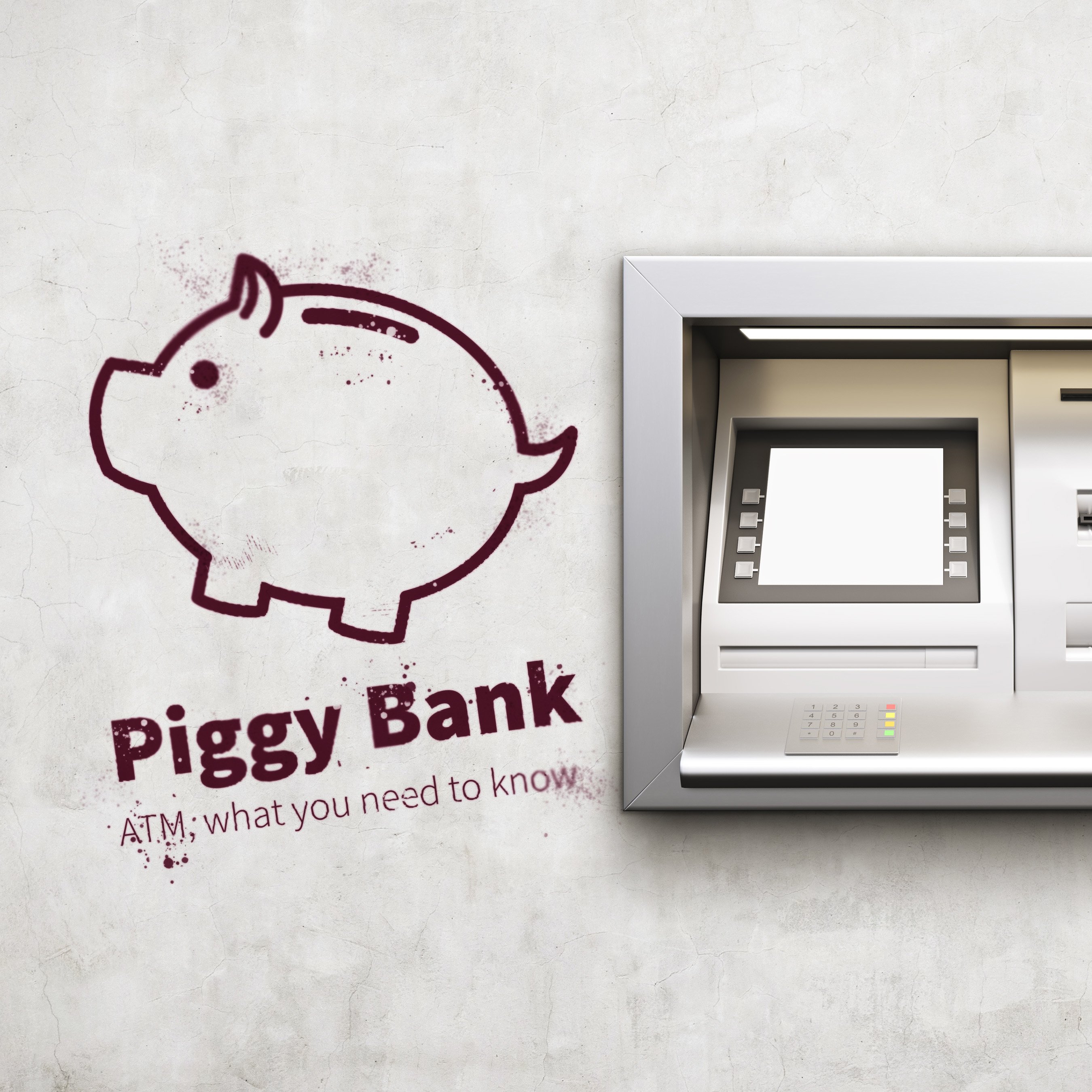Piggy Bank: ATM, What You Need To Know
Piggy Bank: ATM, What You Need To Know
Piggy Bank: ATM, what you need to know

Last week we looked at the various parts of a debit card. This card can be used to purchase items, where the card is accepted of course, but it can also be used to access your money from an ATM (Automated Teller Machine). With the help of the folks at Hands on Banking, let’s look at the steps to using an ATM. It is important to note that if your ATM card is ever lost or stolen, contact your bank immediately.
Create a PIN.
To use your card at the ATM, you must enter a Personal Identification Number (PIN), a secret combination of numbers or letters that you create. Your PIN is like a secret password. If someone else has it, they can take money out of your account — so don’t share it with anyone! If you do give it out, you may be held responsible for any money you lose. So to keep your money safe, keep your PIN a secret!
Stay alert and aware.
Because most ATMs give out cash and many accept deposits, it makes sense to be alert and aware of your surroundings no matter where or when you use an ATM.
Follow onscreen directions.
Not all ATMs work exactly the same way, but they’re all designed to be easy to use. Just follow the directions on the ATM screen that you’re using.
Be aware of fees.
Your ATM card will work in machines operated by your own bank. It may also work in ATMs operated by other financial institutions. This flexibility is great, but be careful about fees you may be charged by both your bank and the ATM owner.
Know your available balance.
Be sure you have enough money to cover your withdrawals and checks. Remember that whenever you make a withdrawal with your ATM or debit card, the money will be withdrawn from your checking account. When you write a check it may take several days for the funds to be withdrawn from your account or it may be processed that day.
Also remember that when you deposit a check, the funds may be available for your use the next business day or longer depending on the bank’s funds availability policy.
Record your transactions.
Make a habit of writing your ATM transactions and the purchases you’ve made with your ATM card or debit card in your register right away so that you don’t forget. On a monthly basis, compare the amounts on your receipts to those on your bank statement to ensure that they match.
If you have additional questions, you should reach out to your local bank professionals, after all they are there to assist you! Taking this first big step in one’s financial future is exciting but with it comes responsibility of managing money so it would be a good idea to sit down with your young one at least once a month to review their check book/ balance so they understand where their money is being spent and as they save, commend them for doing so!
Source: https://handsonbanking.org/youngadults/getting-started/learn/how-to-use-an-atm/